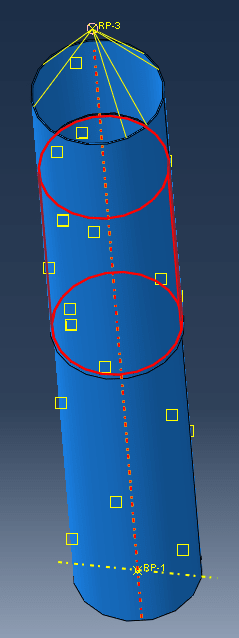Some background: Space and time are discretized in this class of models (i.e., FEM). In space, the solver spits out a variety of fields (displacement, strain, stress, etc.) that evolve over time (or load steps in a static analysis). Based on those fields you may want to focus on a quantity of interest to you (e.g., reaction force, surface strains, max. principal stress, etc.) in a particular location (in geometric space, not a node).
The goal of a "convergence analysis" in this context is to refine the spatial and time discretization to make sure the quantity of interest reaches a sort of a steady state at a chosen location. In other words, the quantity of interest at a specific location must be (almost) independent of the number of elements and time step size. It is tricky to pick a quantity of interest at a predefined geometric location as you refine the mesh but if you pick the quantity of interest from a node, then you have to be aware of the impact of the extrapolation and averaging that happens during post-processing.
The more you think about it, the trickier it gets. In practice, one ends up making some approximations and leveraging engineering judgment to say the quantity of interest is converged.
*********************************************************
Are you new to this forum? If so, please read these FAQs:


